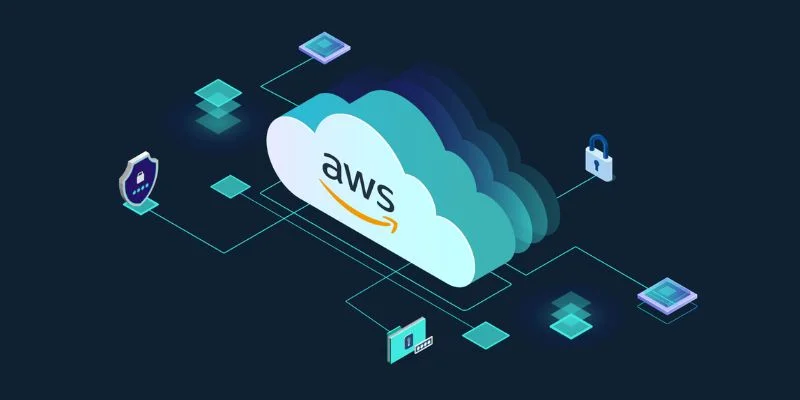In today’s digital age, the security of your AWS environment is paramount. With businesses increasingly relying on cloud services, the need to protect sensitive data from security breaches has never been greater. Amazon Web Services (AWS) offers a robust platform, but it’s crucial to implement best practices to ensure your environment remains secure. This blog will explore practical steps to prevent security breaches in your AWS Training in Coimbatore AWS environment.
Understand Shared Responsibility
First and foremost, it’s essential to understand the shared responsibility model in AWS. AWS is responsible for the security of the cloud, while you are responsible for security in the cloud. This means AWS handles the infrastructure’s physical security, while you manage access controls, data encryption, and network security.
Secure Access Management
Effective access management is critical. Start by setting up AWS Identity and Access Management (IAM) policies. Create roles and groups with the principle of least privilege in mind, ensuring users have only the access they need. Regularly review and update permissions, and use Multi-Factor Authentication (MFA) for an added layer of security.
Monitor and Audit Activities
Continuous monitoring and auditing of activities in your AWS environment are vital. Utilize AWS CloudTrail to log all API calls, which helps track user activities and identify unusual patterns. AWS CloudWatch can also be configured to monitor and alert you of suspicious activities. Regular audits will help you maintain compliance and spot potential security threats early.
Enable Data Encryption
Protecting data, both at rest and in transit, is non-negotiable. Use AWS Key Management Service (KMS) to manage encryption keys and ensure that sensitive data is encrypted. Enable HTTPS for secure data transmission and use Secure Sockets Layer (SSL) certificates to protect your web applications. If you’re interested in AWS Training in Madurai, learning these practices will be essential for understanding cloud security and compliance.
Implement Network Security Measures
Securing your network within AWS involves setting up Virtual Private Clouds (VPCs) with strict access controls. Use security groups and Network Access Control Lists (NACLs) to define inbound and outbound traffic rules. Employ AWS Web Application Firewall (WAF) to protect against common web exploits and vulnerabilities.
Regularly Update and Patch
Keeping your software and systems up-to-date is crucial in preventing security breaches. Regularly apply patches and updates to your AWS services, operating systems, and applications. Automated tools like AWS Systems Manager can help streamline the patching process and ensure your environment remains secure.
Conduct Regular Security Assessments
Perform regular security assessments to identify and mitigate vulnerabilities. Use AWS Inspector to analyze your environment and provide detailed reports on potential security issues. Penetration testing can help you understand your system’s weaknesses and improve your security posture.
Educate and Train Your Team
Human error is often a significant factor in security breaches. Ensure your team is well-trained on security best practices and the latest threats. Regular training and awareness programs can help employees recognize and avoid potential security risks.
Securing your AWS environment requires a proactive and comprehensive approach. By understanding the shared responsibility model, securing access management, monitoring activities, enabling encryption, implementing network security measures, regularly updating systems, conducting assessments, and educating your team, you can significantly reduce the risk of security breaches. Stay vigilant and continuously improve your security practices to protect your valuable data in the cloud. If you’re looking for an AWS Course in Pondicherry, mastering these strategies will be essential for your cloud computing and cybersecurity career.

